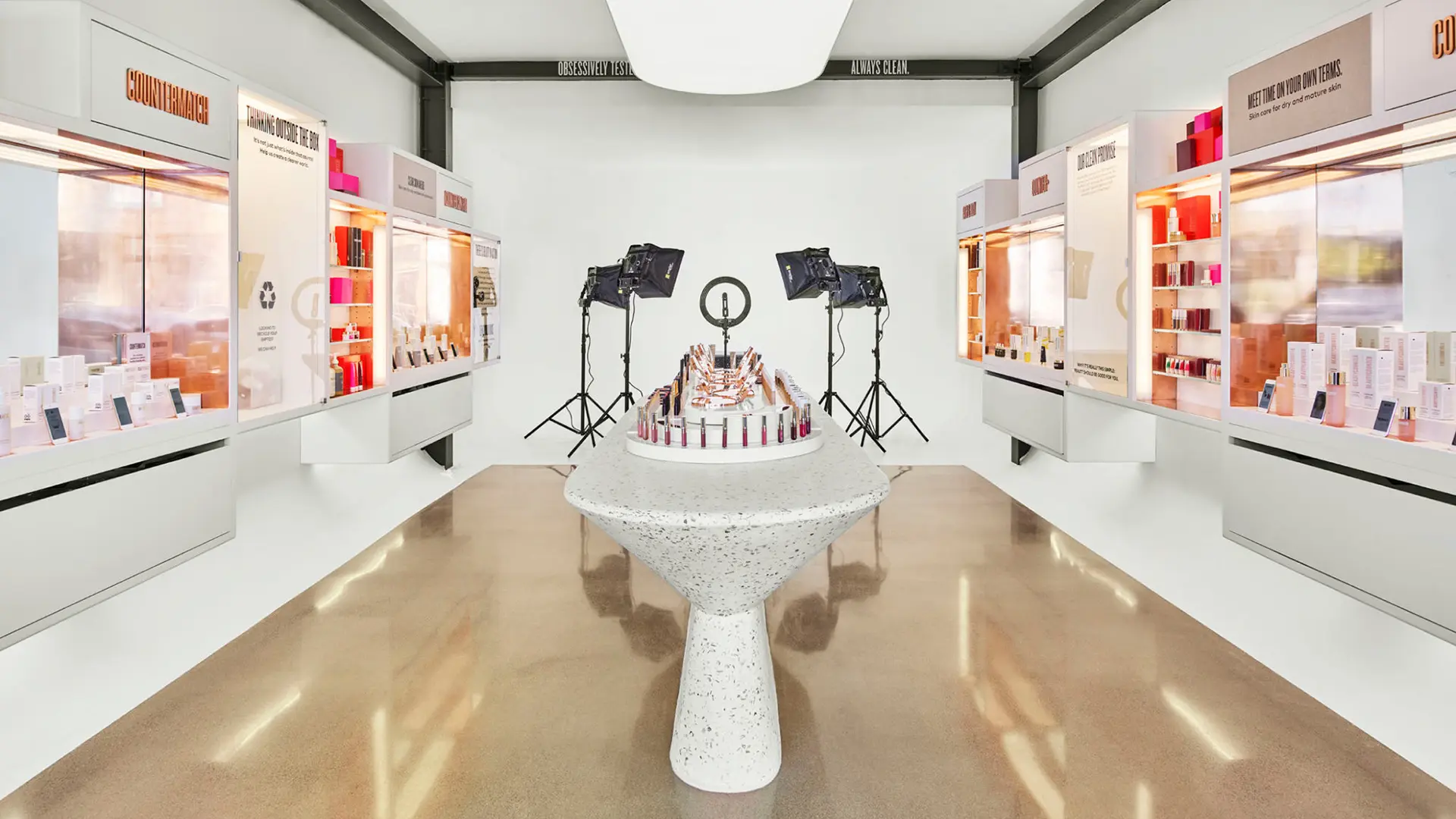In partnership with MiCodmc, a selection of establishments ripe for discovery during the 63rd edition of the Salone del Mobile.Milano, from 8th to 13th April


Brands are becoming broadcasters

Dutch magazine Frame reports on how livestreaming is changing retail and the buying experience, with China driving this new phenomenon. Brands are starting up their own TV channels, launching radio concepts and opening their doors to podcasts. They are also rethinking their physical stores.
First there was e-commerce, now livestreaming is changing the face of retail and the buying experience. Last autumn, the most famous Chinese e-commerce platform generated transactions worth 7.5 billion dollars in the first 30 minutes of its Singles’ Day presale campaign. China is driving this new phenomenon, which a McKinsey analysis predicts could account for 10 to 20% of all e-commerce by 2026.
“Livestreams marry video, interactivity and content – along with a little bit of the thrill of shopping in person,” commented a consultancy company, and the pandemic has served to accelerate this trend. During lockdown, luxury fashion brands organised online sales for their clients, with new technologies, formats and trained staff, using their historic premises as sets and extending their offering “beyond the static content of social media,” writes the author of the article Eva Gardiner.
Another way in which the brands are turning into broadcasters is by harnessing radio, a medium that gained new popularity during Covid. A well-known sports shoe brand in Tokyo has trialled its own radio channel, with hyper-localised content for its Japanese listeners. Another footwear brand launched its own radio channel in February, a mix of community radio and TV livestreamed from its outlets and has even offered its stores to the community as recording studios.
This shift is part of a wider rethinking of internal spaces, which are becoming more flexible. A renowned American stationery chain has redesigned its stores as co-working hubs for professionals, teachers and students, which also includes podcast recording studios. “We can also expect to see more high-end concept stores build media into their interior design,” Frame says.
According to Bain & Co., the luxury market shrank by 23% in 2020, while the entertainment market grew 6.5% in 2021, driven by demand for digital content. It is hardly surprising that the brands have started to look for alternative revenue streams in key sectors.
The furnishing supply chair in Italy saw revenue soar above pre-pandemic levels, marking a 12.9% increase over values recorded during the same period in 2019. Results that do not, however, preclude new ways of thinking around retail, in line with what’s happening in the rest of the world.
Credits
Original text: Eva Gardiner
Photo: courtesy FRAME
Magazine: Frame
Publisher: Frame Publishers B.V.












